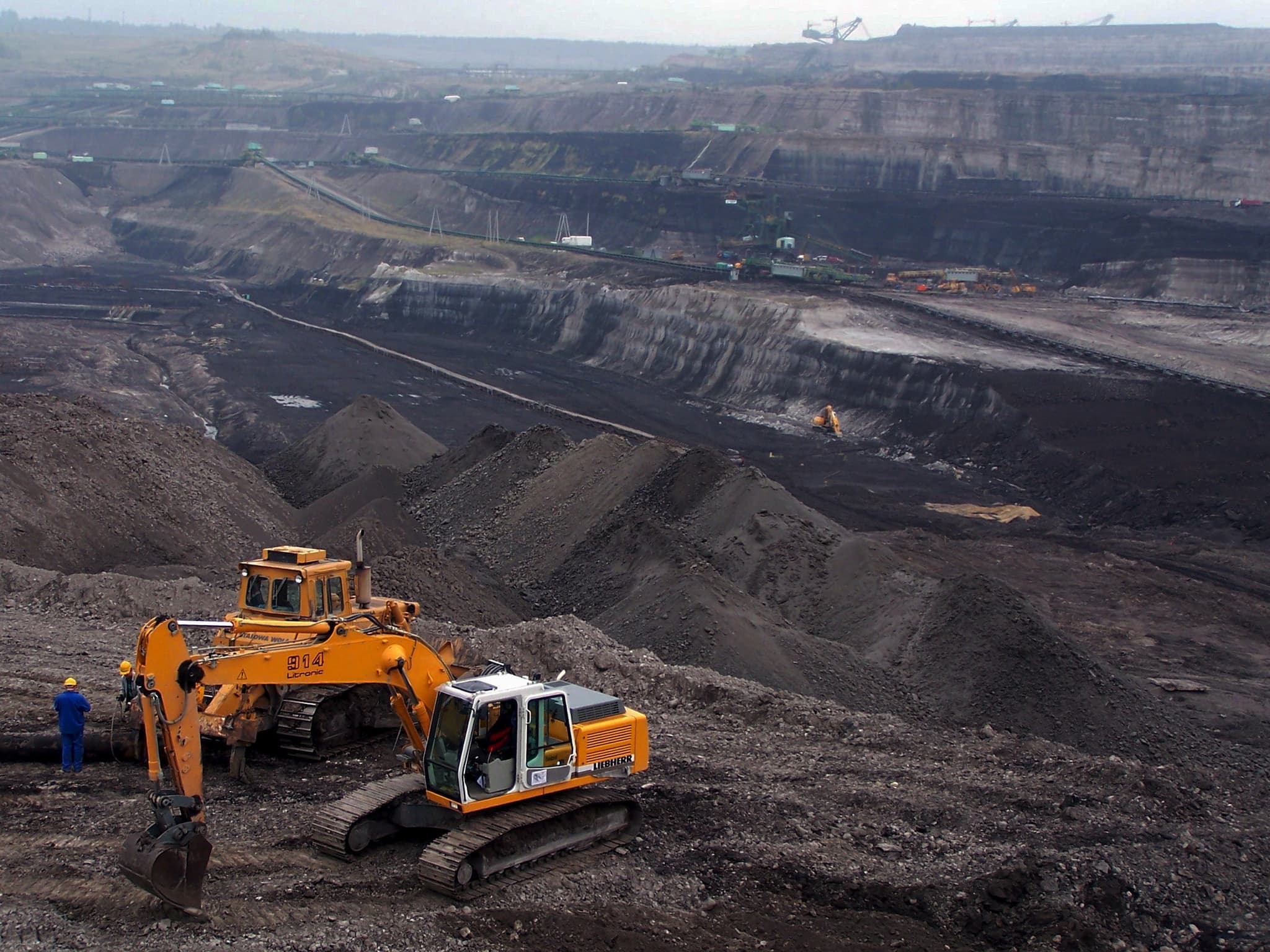The Sorry State of Coal
Once the backbone of the energy needs of the U.S., coal is now a fading industry. David Schlissel, director of resource planning analysis at the Institute for Energy Economics and Financial Analysis, weighed in on this decline. As the organization's name suggests, Schlissel works for an institute that researches economic issues relating to energy and the environment. An expert on the industry, he asserts that the main source of the decline is economic.
Schlissel says coal power generation is being stifled due to massive competition coming from other sources of energy such as natural gas, solar power, and wind power. The price of these sources of power have gone down over the last few years, making coal power a less lucrative investment.
In addition, Schlissel says coal plants suffer from numerous environmental penalties like the Environmental Protection Agency’s regional haze rule.
Real World Results
Schlissel cites his latest research on Texas power plants as a real world example of this decline. He says that power plants in Texas have limited their operations during peak-load hours. In fact, coal power generation in Texas has gone down from 39% in early 2015 to 24.8% in May 2016.
This decline shows how prominent renewable energy has become in power generation. The price of wind power, for example, has gone down from $60 per megawatt-hour in 2009, to just less than $30 per megawatt-hour. These renewable energies also have no fuel costs, since the sun and wind are essentially free.
With all these resources stacked against coal, this once prominent technology's future is looking bleak.
Share This Article
